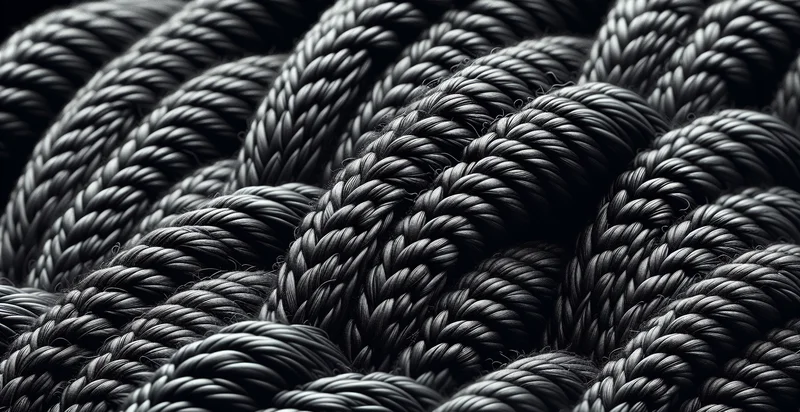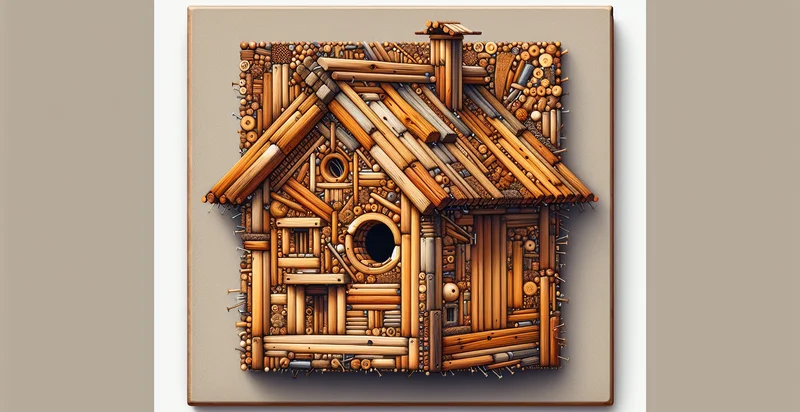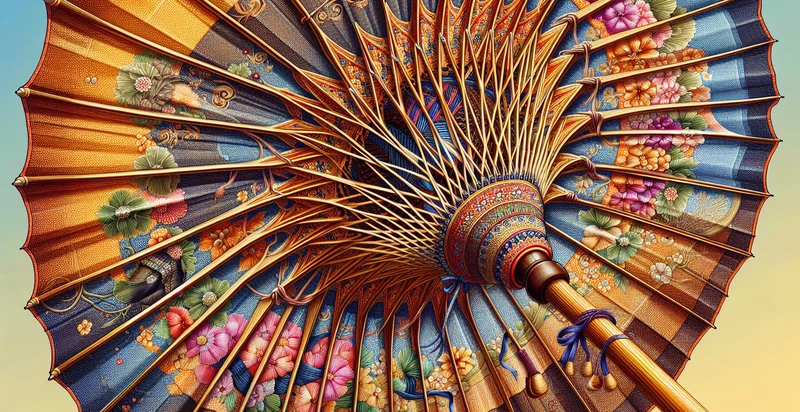Identify what material a shoelace is made from
using AI
Below is a free classifier to identify what material a shoelace is made from. Just upload your image, and our AI will predict what material a shoelace is made from - in just seconds.

Contact us for API access
Or, use Nyckel to build highly-accurate custom classifiers in just minutes. No PhD required.
Get started
import nyckel
credentials = nyckel.Credentials("YOUR_CLIENT_ID", "YOUR_CLIENT_SECRET")
nyckel.invoke("what-material-a-shoelace-is-made-from", "your_image_url", credentials)
fetch('https://www.nyckel.com/v1/functions/what-material-a-shoelace-is-made-from/invoke', {
method: 'POST',
headers: {
'Authorization': 'Bearer ' + 'YOUR_BEARER_TOKEN',
'Content-Type': 'application/json',
},
body: JSON.stringify(
{"data": "your_image_url"}
)
})
.then(response => response.json())
.then(data => console.log(data));
curl -X POST \
-H "Content-Type: application/json" \
-H "Authorization: Bearer YOUR_BEARER_TOKEN" \
-d '{"data": "your_image_url"}' \
https://www.nyckel.com/v1/functions/what-material-a-shoelace-is-made-from/invoke
How this classifier works
To start, upload your image. Our AI tool will then predict what material a shoelace is made from.
This pretrained image model uses a Nyckel-created dataset and has 15 labels, including Acrylic, Bamboo, Canvas, Cotton, Elastic, Jute, Leather, Linen, Nylon and Polyester.
We'll also show a confidence score (the higher the number, the more confident the AI model is around what material a shoelace is made from).
Whether you're just curious or building what material a shoelace is made from detection into your application, we hope our classifier proves helpful.
Related Classifiers
Need to identify what material a shoelace is made from at scale?
Get API or Zapier access to this classifier for free. It's perfect for:
- Quality Control in Manufacturing: Implementing the shoelace material identifier within a manufacturing line can enhance quality control. By automatically classifying materials used in shoelaces, manufacturers can ensure that only approved materials are used, reducing the risk of defects and improving overall product quality.
- Sustainability Assessment: Retailers can use this function to accurately classify the materials of shoelaces for sustainability audits. By ensuring that eco-friendly materials are utilized, brands can promote environmental responsibility and cater to the growing consumer demand for sustainable products.
- Inventory Management: This classification tool can help inventory managers determine the types of shoelace materials in stock. By understanding the material composition, businesses can optimize their inventory, ensuring they have the right materials for production and reducing waste.
- Market Research and Trend Analysis: Researchers can use the material classification to analyze trends in shoelace materials across different brands and categories. These insights can help companies identify market gaps and opportunities for innovation in shoelace design and materials.
- Customization and Personalization: Footwear brands can use the material classifier to offer customized shoelace options for consumers. By understanding material properties, such as durability and texture, brands can suggest tailored shoelace options that enhance the aesthetic or functional appeal of their products.
- Digital Twin and Simulation: In product development, using this identifier can help create a digital twin of the shoe, which includes accurate shoelace material properties. This can facilitate more precise simulations for performance testing and design optimization in footwear engineering.
- Franchise and Licensing Compliance: Franchises and licensing partners can utilize the material classification to maintain compliance with brand standards. By verifying that shoelaces meet specific material criteria, companies can protect their brand integrity and ensure consistency across all products offered by franchisees.


